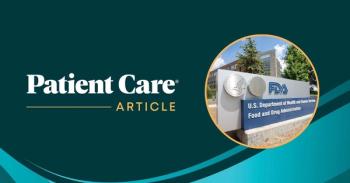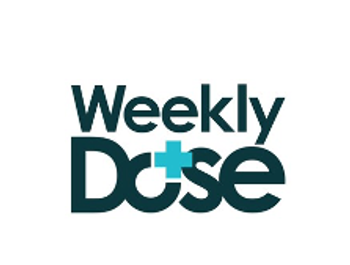
Alcohol Consumption in Women: 5 Cases, 5 Questions
How much do you know about alcohol consumption in women? Quiz yourself with these 5 cases.
Women have historically consumed less alcohol than men, but the gap has been narrowing in recent years. Studies find the rates of drinking any alcohol, binge drinking, and extreme binge drinking among women steadily increasing. For women, risks associated with excess alcohol intake include impact on reproductive health, in addition to the many other well-known deleterious health effects.Primary care physicians are often the first to screen for alcohol abuse so knowledge of signs, symptoms, and criteria used to assess drinking patterns is essential. As Alcohol Awareness Month (April) comes to a close, find out what you know specifically about alcohol consumption in women with these 5 questions on 5 likely clinical scenarios.
Newsletter
Enhance your clinical practice with the Patient Care newsletter, offering the latest evidence-based guidelines, diagnostic insights, and treatment strategies for primary care physicians.


















































































































































































































































































